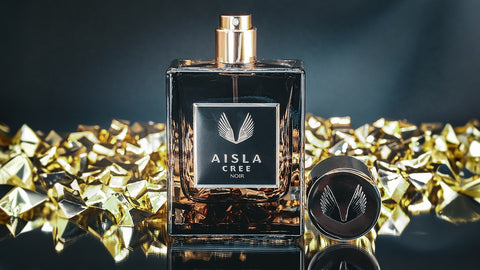Introduction:
Perfumery has captivated humanity for centuries, weaving a fragrant tapestry that transcends time and culture. In this blog post, we embark on a fascinating journey through the history of perfumery, tracing its origins and evolution from ancient civilizations to the modern age. Join us as we unravel the scented secrets of the past and discover how perfumery has shaped our world.
1. Ancient Origins:
Perfumery finds its roots in the ancient world, where aromatic substances held immense cultural and spiritual significance. In ancient Egypt, perfumes were an integral part of religious rituals and burial practices. The Egyptians crafted exquisite scents using ingredients like myrrh, frankincense, and lotus. Similarly, civilizations in Mesopotamia and the Indus Valley embraced the art of perfumery, utilizing fragrant oils and incense for both ceremonial and personal use.
2. Perfume in Ancient Greece and Rome:
The ancient Greeks and Romans further refined the art of perfumery, elevating it to new heights. Perfume-making techniques advanced, and natural ingredients like flowers, herbs, and spices were carefully distilled to create aromatic masterpieces. Perfumers became respected artisans, and their creations adorned the elite. The Greeks introduced the concept of blending different scents, while the Romans expanded perfume usage to include personal grooming, public spaces, and even as a form of currency.
3. Fragrance in the Middle Ages:
During the Middle Ages, perfumery took on a different character. Influenced by the Islamic world, fragrances played a significant role in trade and cultural exchange. Perfumes were used to mask unpleasant odors, ward off disease, and signify social status. The rise of perfume guilds in cities like Grasse, France, marked the beginning of a structured industry, with skilled artisans refining their craft and passing down their knowledge through generations.
4. Renaissance and Perfume's Golden Age:
The Renaissance witnessed a revival of perfumery, with Italy and France at the forefront of innovation. Perfurne-making became an art form, and the use of natural ingredients reached new heights. Influential figures like Catherine de' Medici brought the art of perfumery to the French court, establishing it as a symbol of luxury and refinement. The town of Grasse, nestled in the hills of Provence, became renowned for its fields of fragrant flowers and the production of exquisite perfumes.
5. Industrial Revolution and Modern Perfumery:
The Industrial Revolution brought significant changes to the perfume industry. Advances in chemistry allowed for the synthesis of fragrance compounds, leading to the mass production of perfumes. Synthetic ingredients expanded the perfumer's palette, enabling the creation of new scents that were previously unattainable. Iconic perfume houses emerged during this era, leaving an indelible mark on the world of perfumery.
6. Contemporary Perfumery:
In the modern age, perfumery continues to evolve. Niche perfumes have gained popularity, offering unique and unconventional scents that cater to individual tastes. There is a growing emphasis on natural and sustainable ingredients, with perfumers exploring botanical extracts and eco-friendly practices. Personalized scents have also gained traction, allowing individuals to create bespoke fragrances that reflect their personality and style.
Conclusion:
As we conclude our journey through the history of perfumery, we are reminded of the rich tapestry of scents that has shaped our world. From ancient rituals to modern innovations, perfumery has transcended time, culture, and borders. Let us cherish the artistry, craftsmanship, and cultural significance of perfumery, as it continues to enchant and inspire us in our daily lives.

